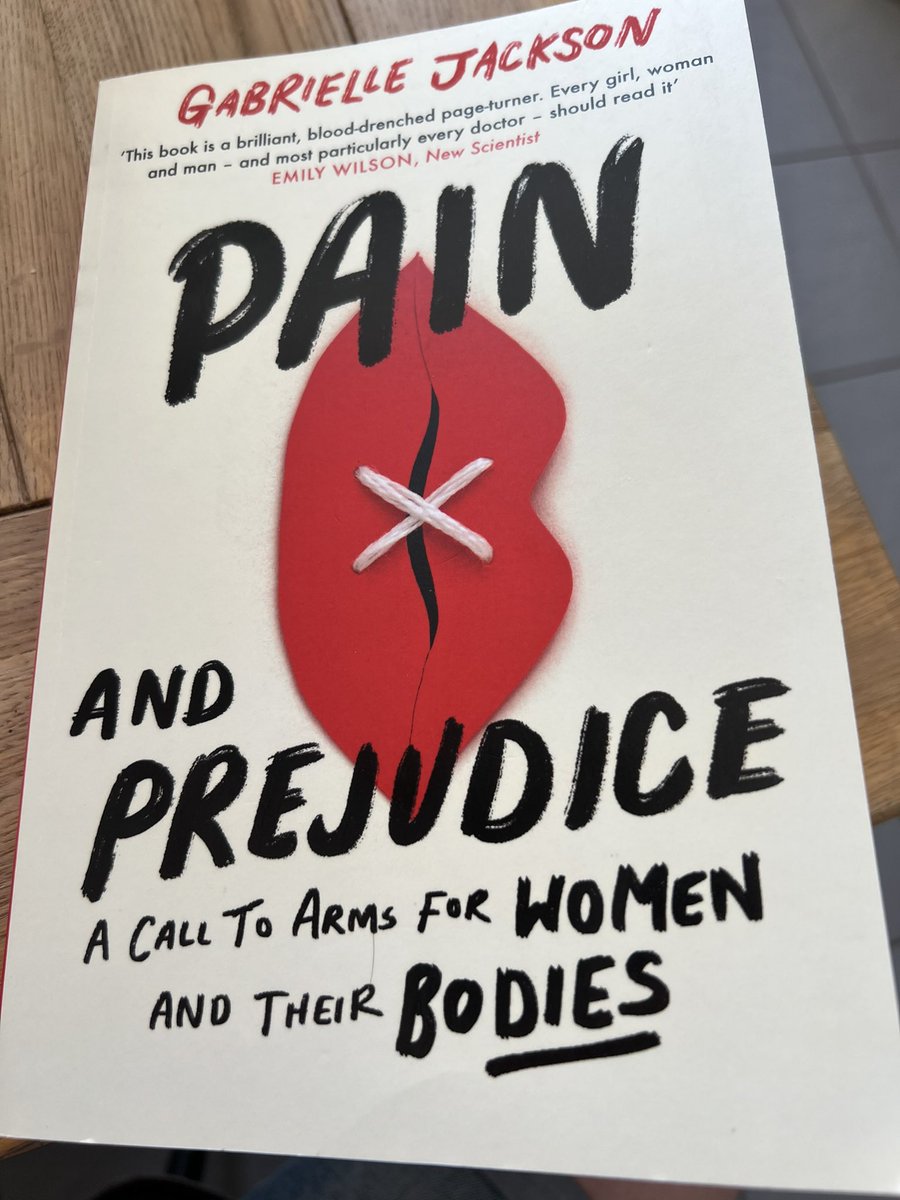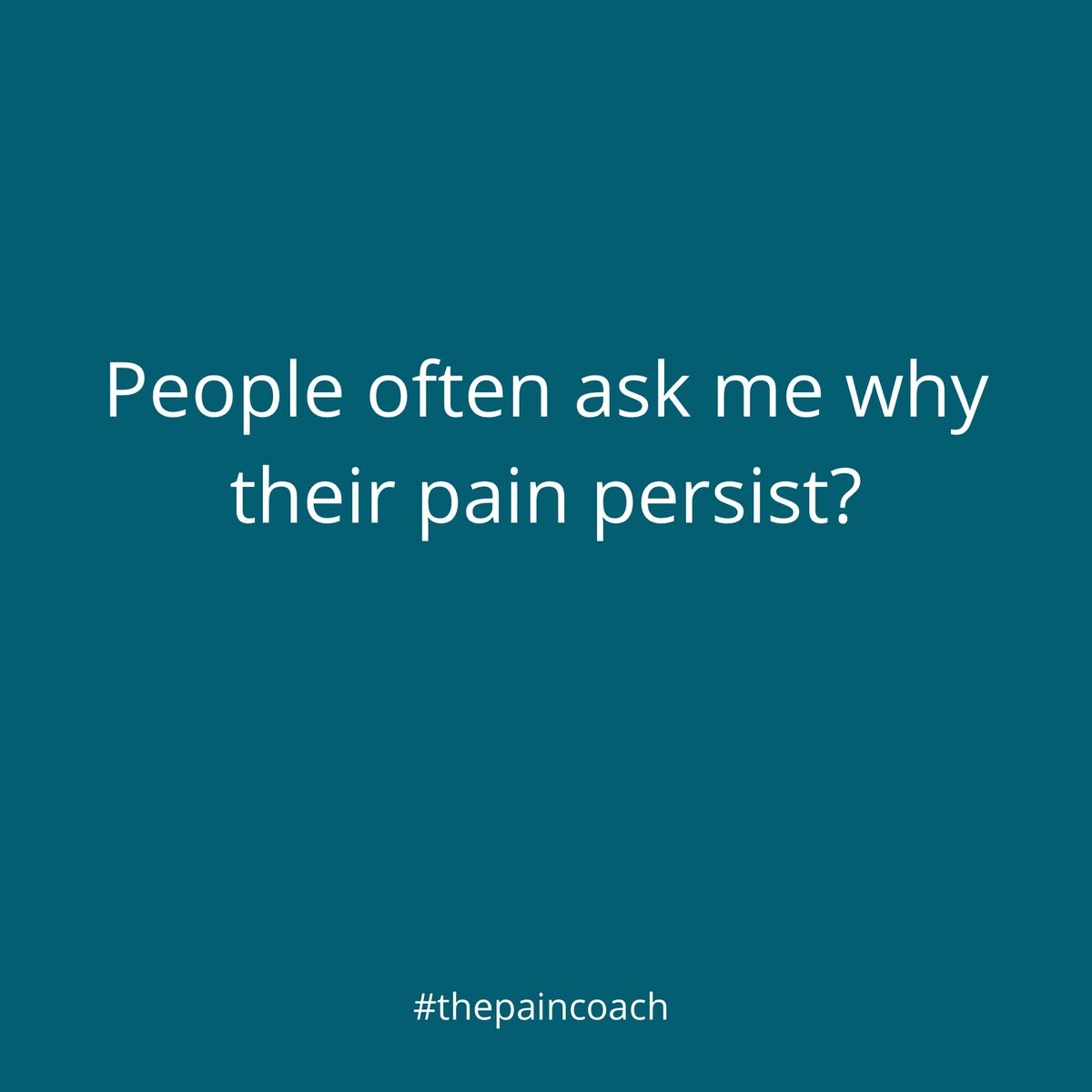
Real.
#thread 🧵
Many people have been led to believe that we need to look for something to blame for our pain.
A single cause.
A body part or system perhaps.
Blame the bit that hurts.
#thepaincoach #chronicpain
1.
#thread 🧵
Many people have been led to believe that we need to look for something to blame for our pain.
A single cause.
A body part or system perhaps.
Blame the bit that hurts.
#thepaincoach #chronicpain
1.

Yet it is not that bit that is in pain. You are, the person.
The person feels pain, not the body part or the brain.
We want something tangible to blame. Something you can point at—‘there it is; the cause.’
The person feels pain, not the body part or the brain.
We want something tangible to blame. Something you can point at—‘there it is; the cause.’
But that’s not how it works.
The body state is one thing: objective. Our experience of the body is another: subjective.
When you have this insight, you can understand your experience. How pain and other feelings vary and change. Nothing is permanent.
The body state is one thing: objective. Our experience of the body is another: subjective.
When you have this insight, you can understand your experience. How pain and other feelings vary and change. Nothing is permanent.
Our experiences and perceptions are being generated as the brain and body’s best guess about what is happening right now, based on previous experiences, beliefs, expectations, context, environment and more.
That said, it is always important to emphasise that pain is what the person says it is.
Pain is real, always.
Pain is real, always.
How do we know what pain is like? Ask the person. This is the only way to find out.
Ask and listen to the answer.
richmondstace.com
#thepaincoach #chronicpain
Ask and listen to the answer.
richmondstace.com
#thepaincoach #chronicpain
• • •
Missing some Tweet in this thread? You can try to
force a refresh









